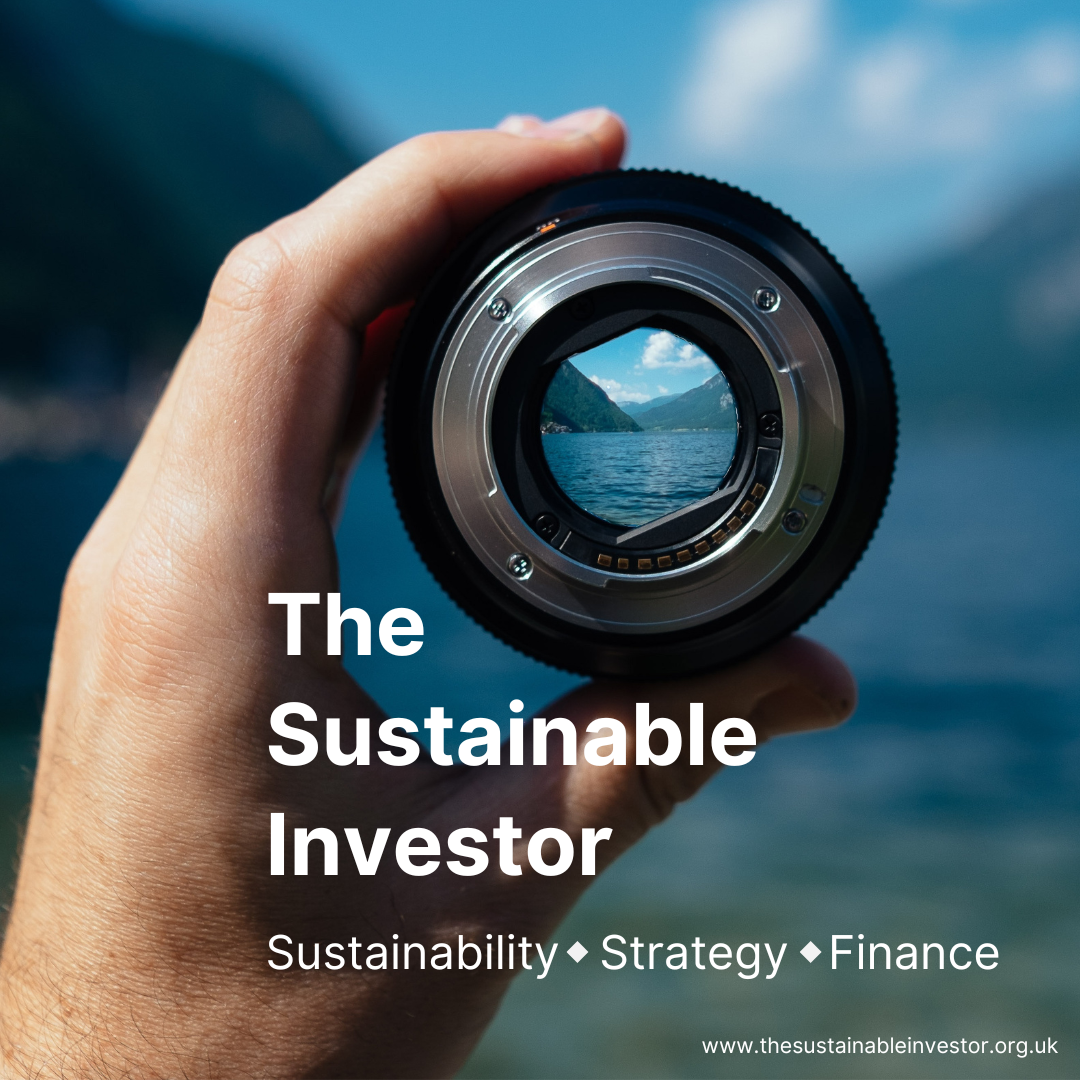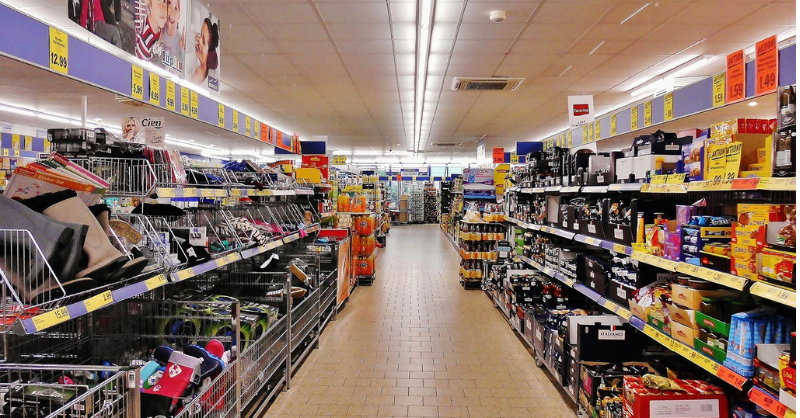
The precipice of a raging food catastrophe
Persistent drought in the horn of Africa has depleted pasture used for grazing livestock - a source of income and nourishment.
Summary: Persistent drought in the Horn of Africa (Ethiopia, Eritrea, Somalia and Djibouti, but can be extended to include parts of Kenya, Sudan, South Sudan and Uganda) has impacted the growth of shrubs and grasses that livestock depend on. In turn that livestock is the primary source of both income and nourishment for the local population. The UN Secretary General recently declared that "we are on the way to a raging food catastrophe" with almost 26 million people facing extreme hunger in the area. With international aid efforts under pressure the situation could worsen.
Why this is important: The situation in the Horn of Africa foreshadows similar shocks to the food system globally.
The big theme: Water is the critical resource to sustain life on this planet. It is essential for our bodies and those of the other living species on the planet as well as being an important resource in industry. Its availability, especially in potable form, is a macro risk factor as well as being an opportunity for innovation that investors can drive. Climate change is impacting the availability and usability of water in both developing and developed regions of the world with knock on effects on agriculture and livelihoods as well as health and well-being. A rethink of how we manage water and how we cultivate food may be essential to ensure our long term sustainability.

The details
Summary of a story from Inside Climate News:
Persistent drought in the Horn of Africa ('HOA')has resulted in depletion of important pasture used for grazing livestock. There aren't enough boreholes available which has resulted in herders having to travel a long way to find water and pasture - although those two are not necessarily found in the same places. This means that increasingly that valuable livestock is dying en route depriving locals of both a primary source of income and nourishment.
Almost 26 million people are facing extreme hunger in the HOA with four million in the northern part of Kenya which is a largely middle-income country that has not endured the same level of war or unrest that other parts of the HOA such as Somalia or Ethiopia have experienced. There is added pressure from migration from neighbouring countries into refugee camps in the northeastern part of Kenya from Somalia that has been accelerated by the lack of rain.
The drought impacted food crisis though is not isolated to this region. Extreme weather, as well as the conflict in Ukraine have impacted crop yields across the globe with "multiple breadbasket" failures impacting the availability and cost of basic food staples. This in turn has made it harder for aid organisations to deliver the quantum of support that they have in the past, further exacerbating the situation in places like the HOA. The UN's World Food Program saw a 30% increase in the price it pays for food since the beginning of 2022.
Why this is important
The primary problem here is the falling access to clean water which is needed for irrigation, sanitation and drinking. The lack of access to water is driving hunger through the region as livestock find it increasingly hard to survive. In addition camels and donkeys used for transporting water and goods are dwindling in numbers. So what are potential solutions? Interestingly, researchers from the universities of Cardiff, Bristol and Berne found that water storage underground has been increasing in the HOA despite the droughts suggesting that groundwater resources could offer solutions to mitigate the worst impacts of droughts and act as buffers. However, accessing new sources of water requires cross-national cooperation given that aquifers (underground layers holding water made up of permeable rock or fractures in rock) don't tend to obey national boundaries!
Other higher tech possibilities include atmospheric water generation where water is extracted through condensation. Smaller units can cost up to ten times the average annual income in Kenya for example. Larger ones may require significant energy inputs. Longer term solutions could tap into the enormous solar potential of the region to power that to add to existing hydro projects in Ethiopia, Sudan and Kenya.
How such efforts are coordinated and financed will be crucial. Blended finance, a mix of public, philanthropic-backed finance along with private capital, could be one solution to the lack of funding. The use of public and philanthropic capital can help to derisk early stage ventures, encouraging private capital to invest. The Global Blended Finance Alliance was launched at the G20 meeting immediately following COP27 specifically aimed at improving blended finance in developing countries, including small archipelago states. It will also be interesting to see whether the 'Loss and Damage fund' announced at COP27 and designed to provide financial assistance to countries suffering due to climate disaster, could be applied in this circumstance.
Access to clean water is a concern, not just in regions such as the HOA, but across the globe. Drylands cover more than 40% of the earth's land surface and whilst the bulk are in Africa, more than 25% of drylands can be found in developed nations. Furthermore, stewardship of water is key even in what should be unstressed areas. The Jackson, Mississippi water crisis where a failure in the supply of safe tap water impacted more than 180,000 people, reminds us of the importance of safeguarding this precious commodity. Reusing where possible (this is where some interesting innovations at both the macro and micro scale can come to play) as well as reducing the stress on water infrastructure such as treatment plants will be key. By 2030, water demand is expected to exceed current supply by 40% unless water use is decoupled from economic growth.
The article also highlights the fragility of the current global food system which is the biggest point of water withdrawal (70% globally). Reliance on a smaller number of grains, fertilisers and pesticides produced by an increasingly smaller number of organisations, and growth is stressing the water supply. Reforming agriculture will be a big theme and a big deal going forwards, in terms of impact on greenhouse gas emissions, environmental impact, food security and rural society. Technological innovation as well as wholesale rethinks are required. I discussed two possibilities in "Feed the world: Changes to feed and Total Resource Productivity."
Something a little more bespoke?
Get in touch if there is a particular topic you would like us to write on. Just for you.
Contact us
Please read: important legal stuff.

